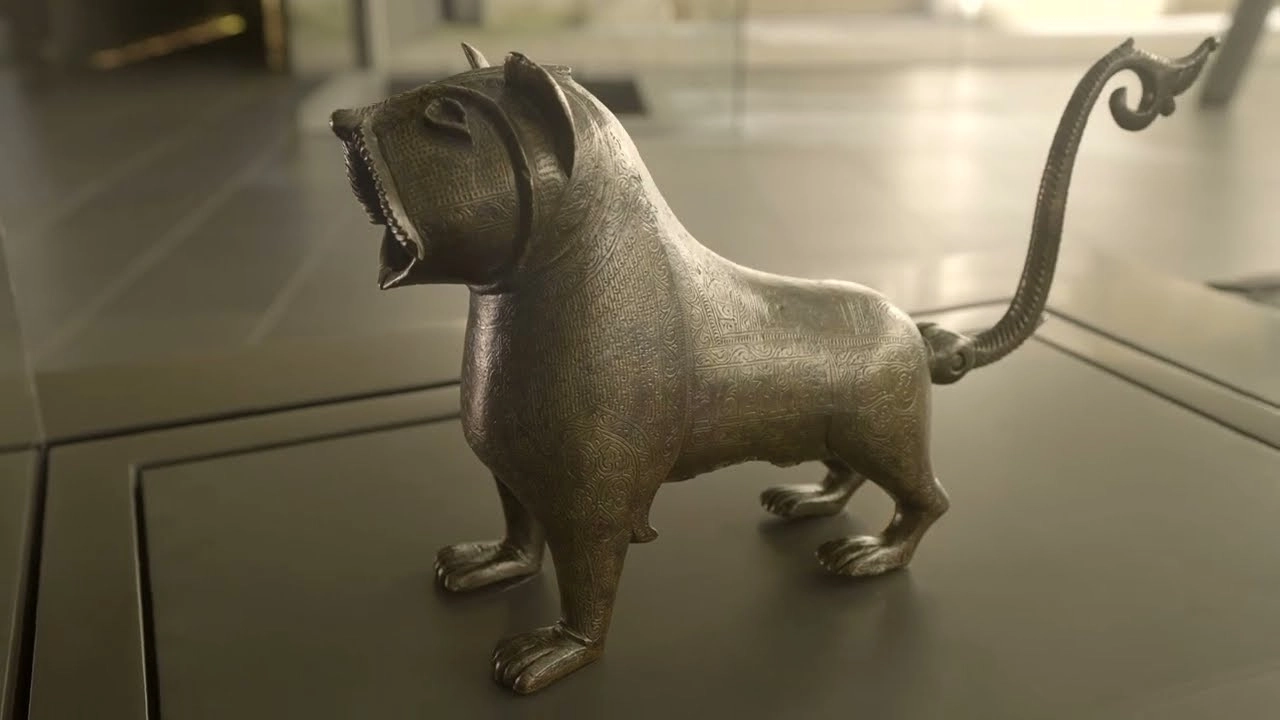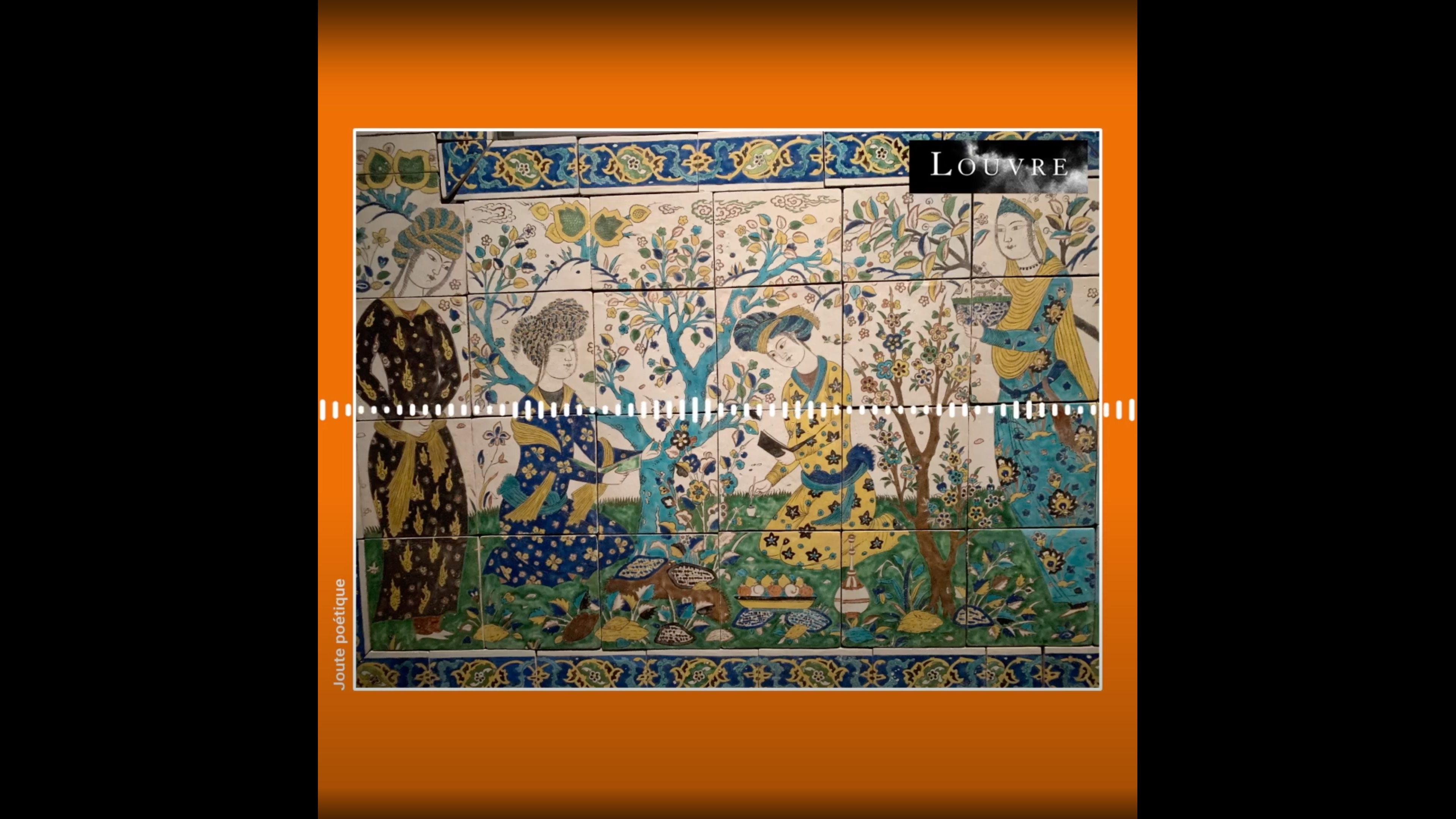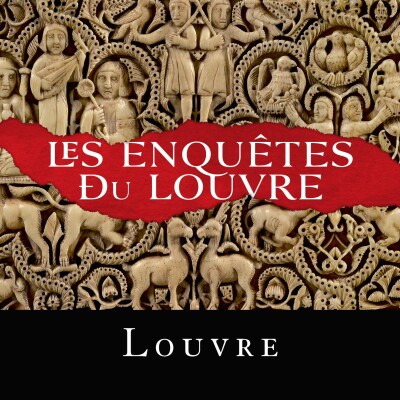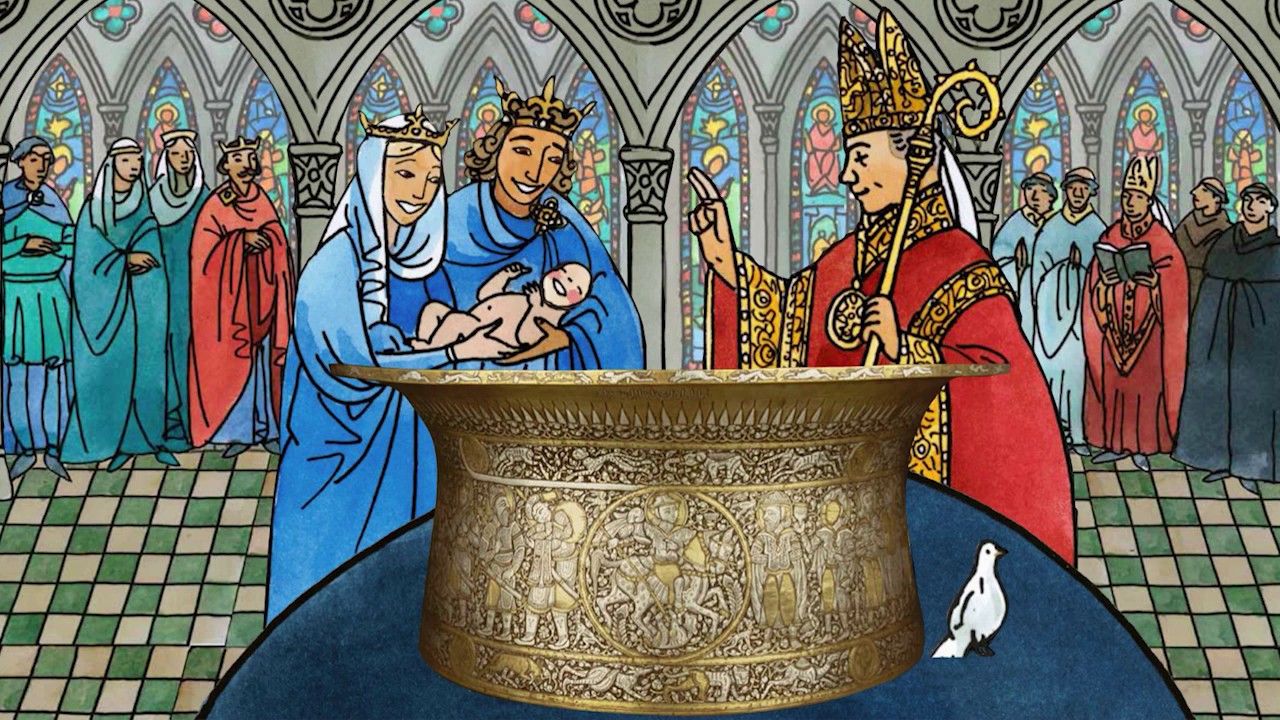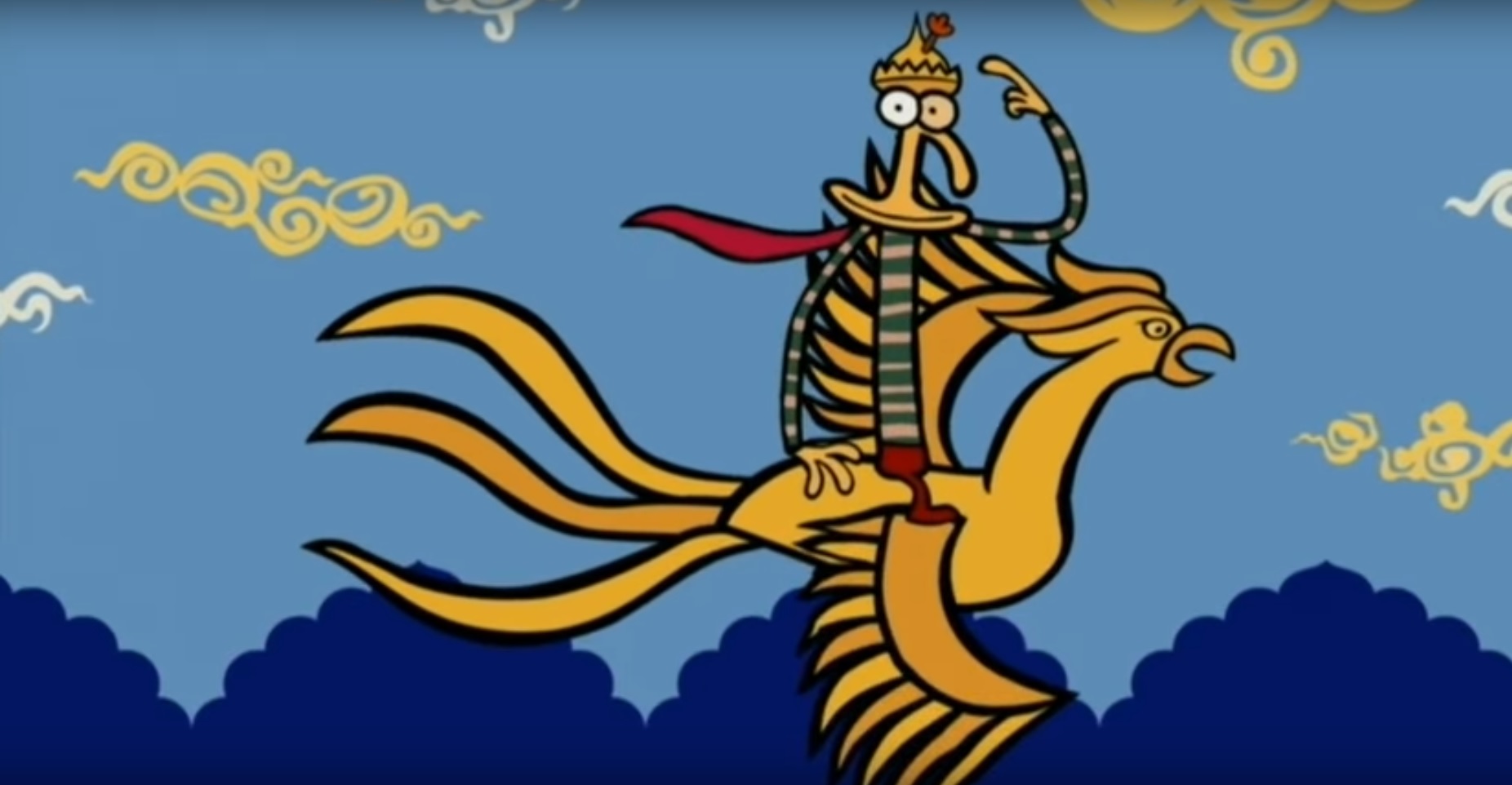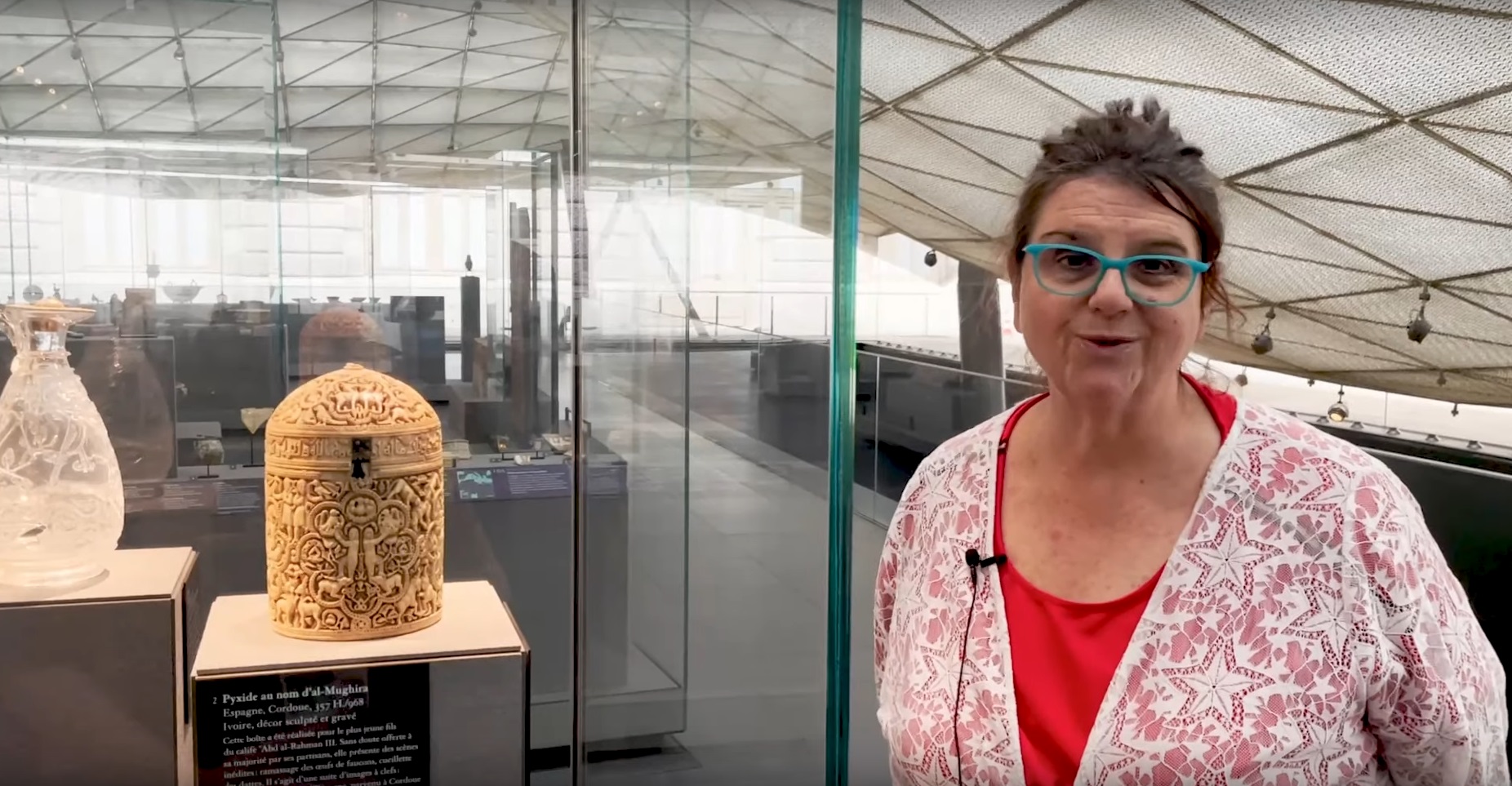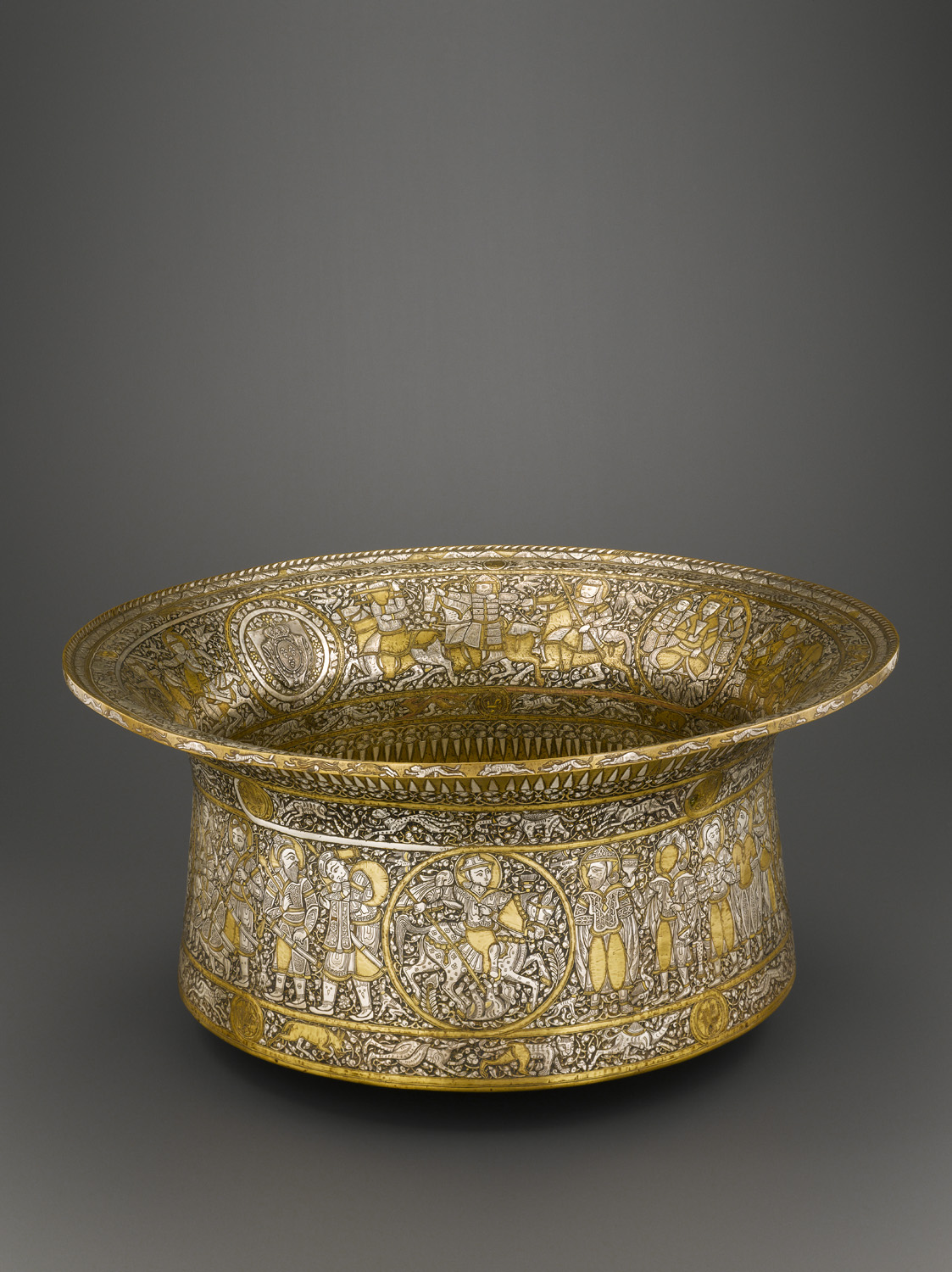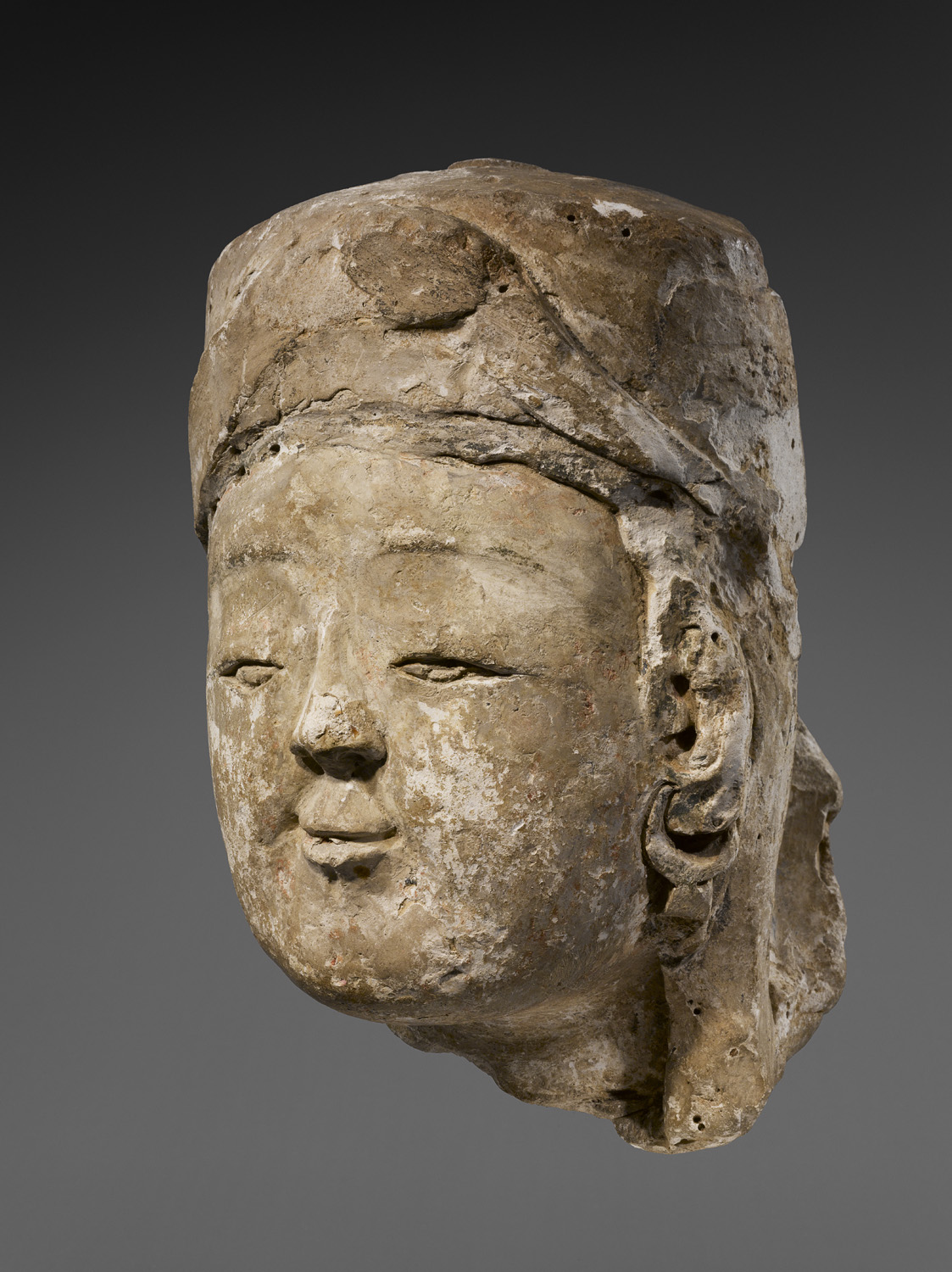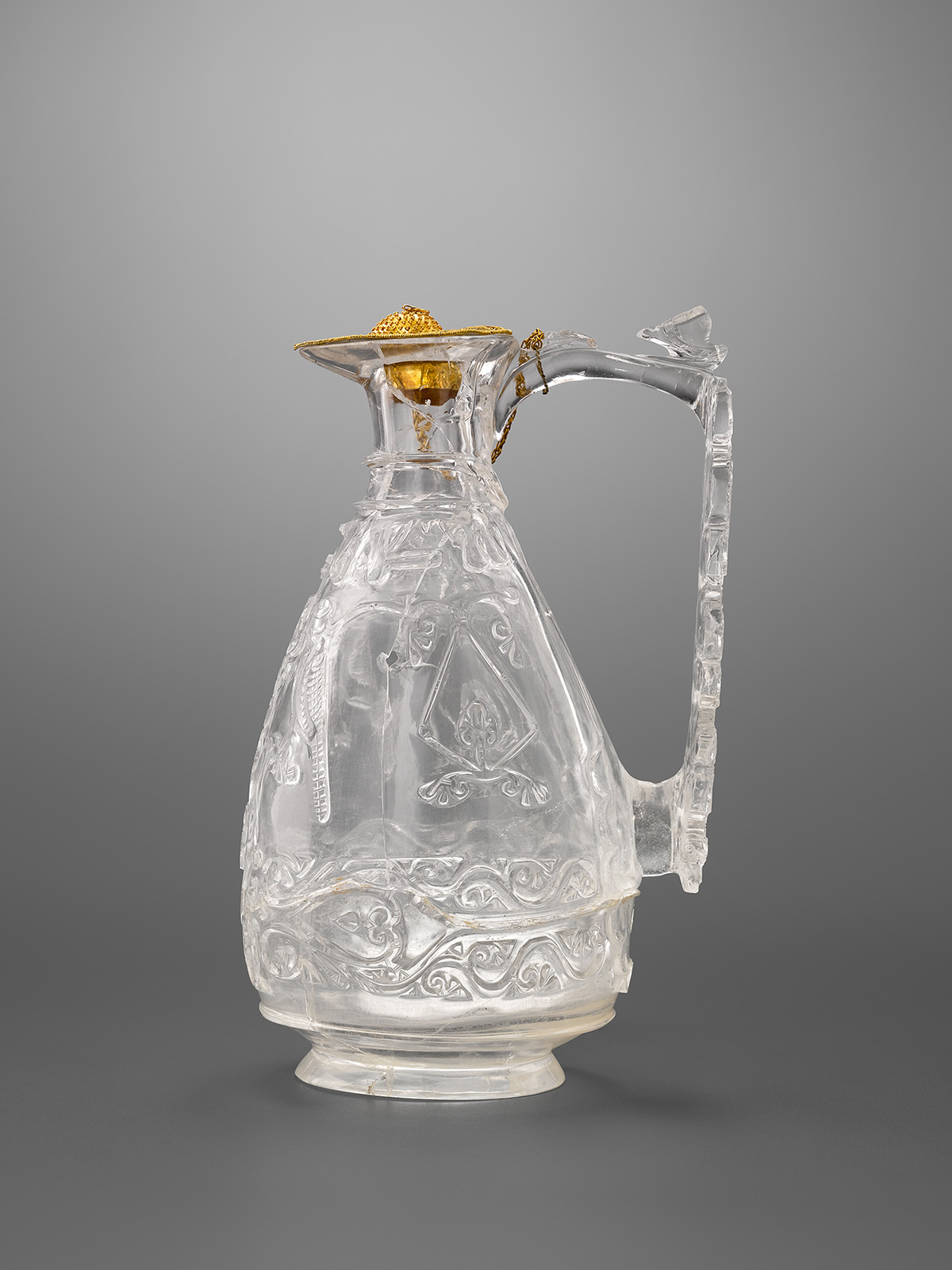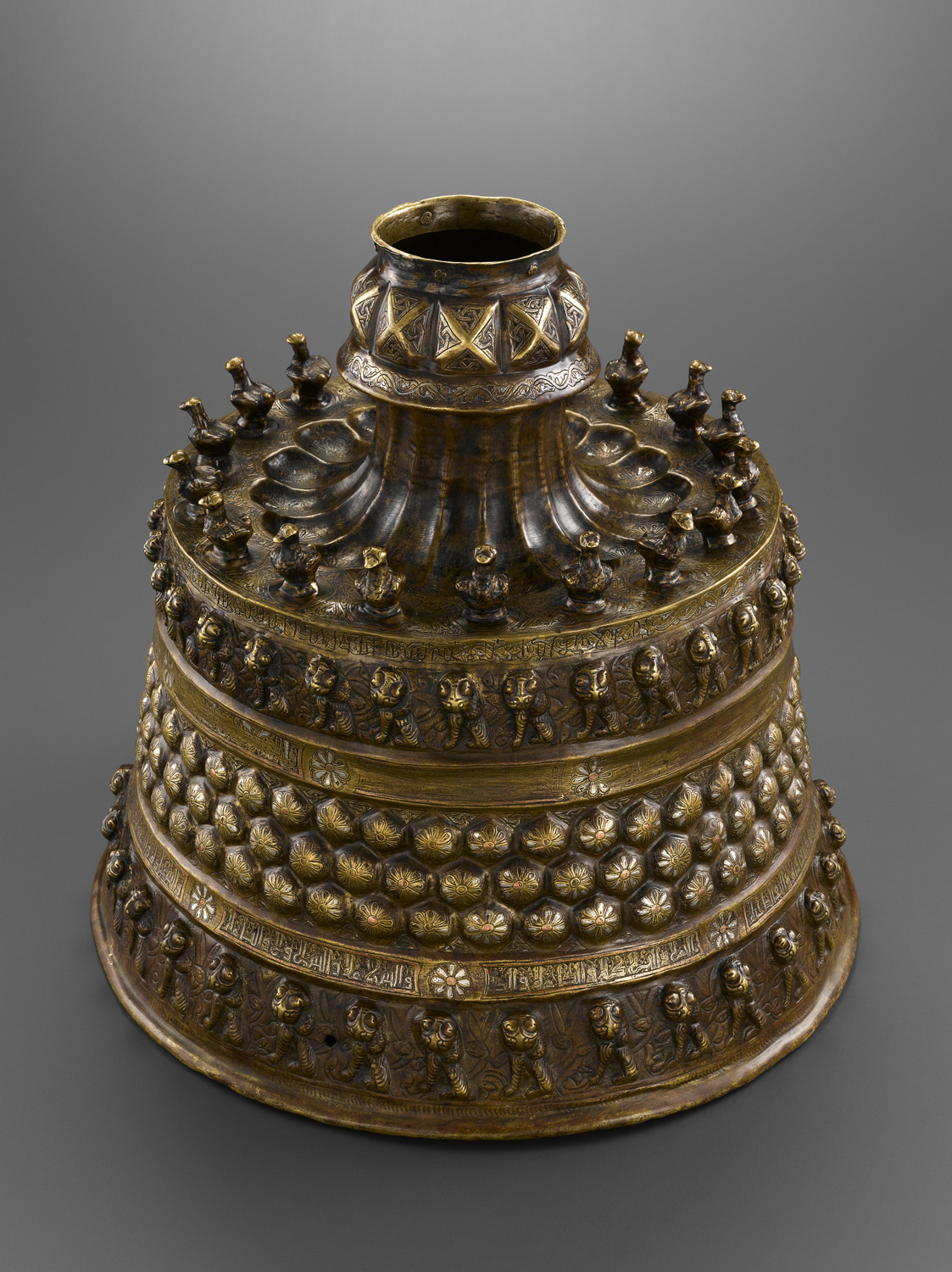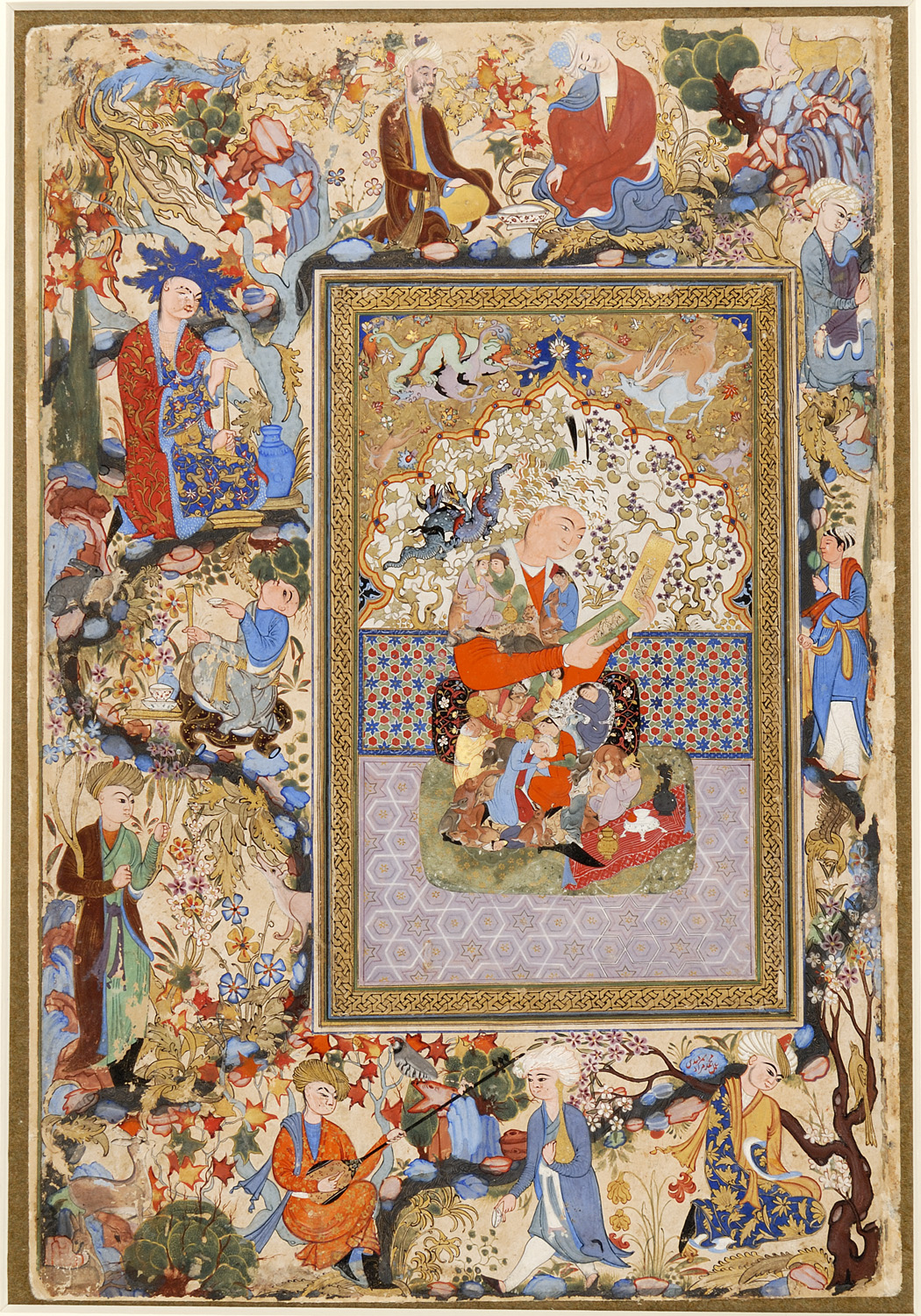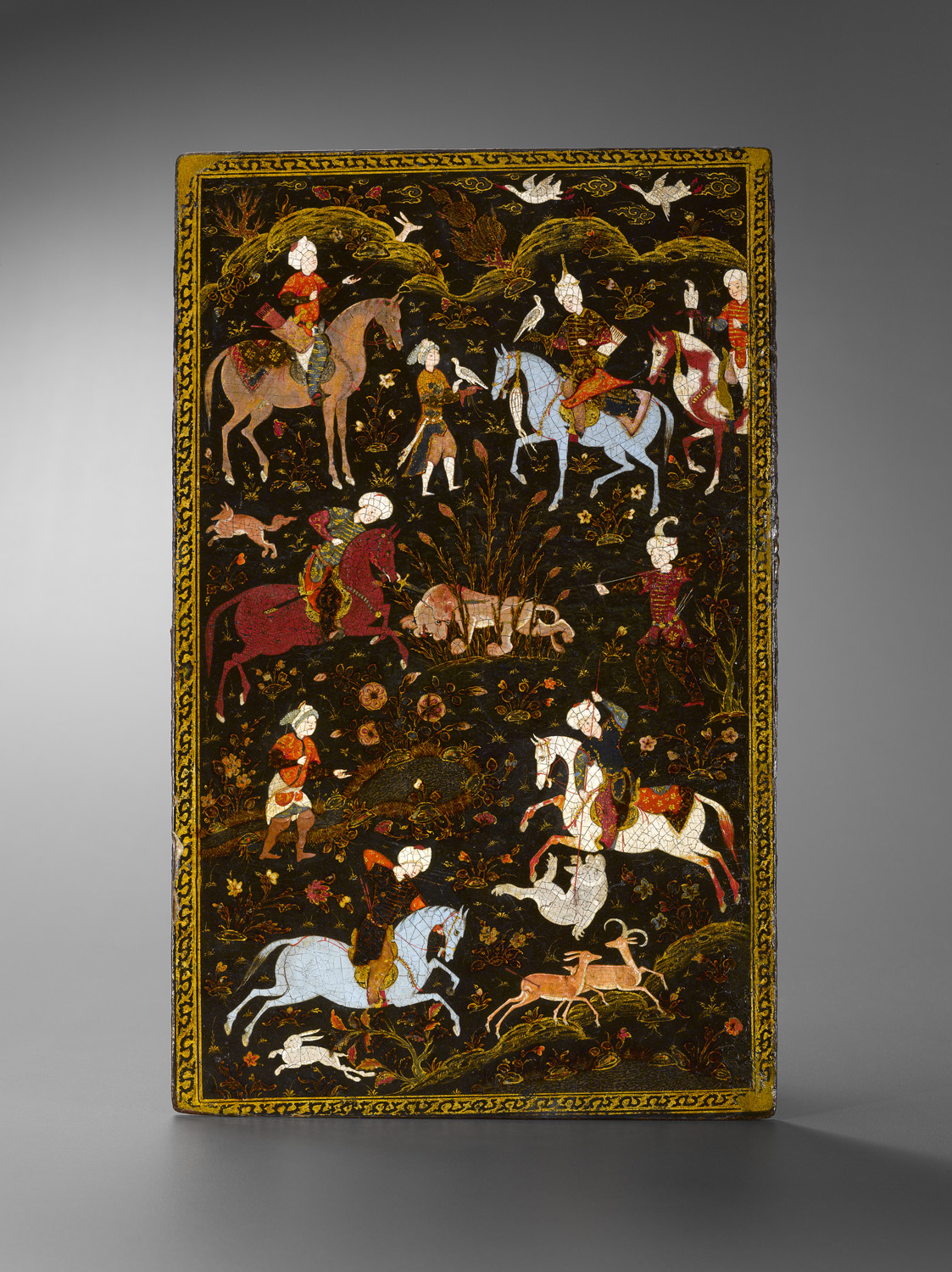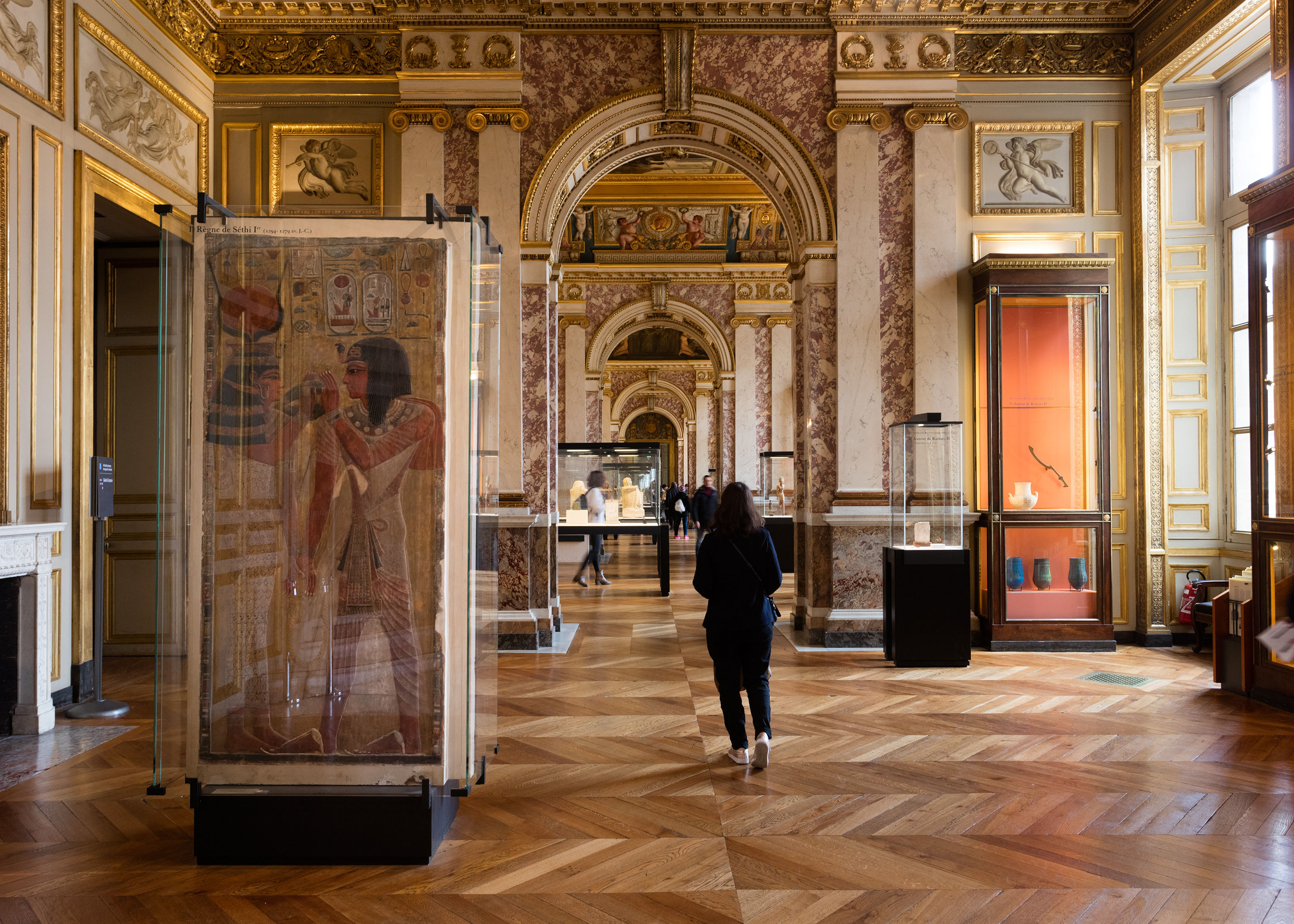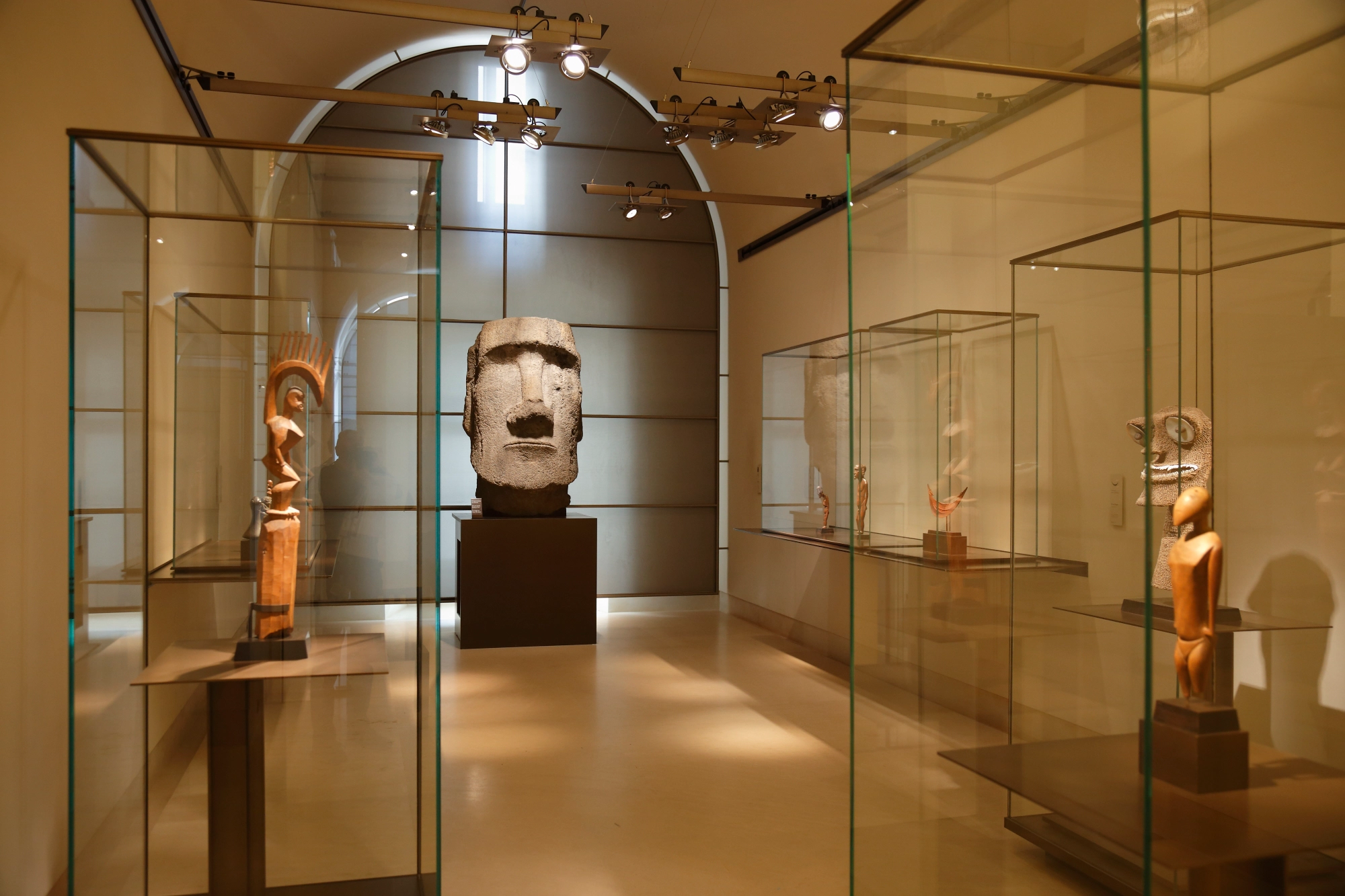An Introduction to Islamic ArtThe Cour Visconti
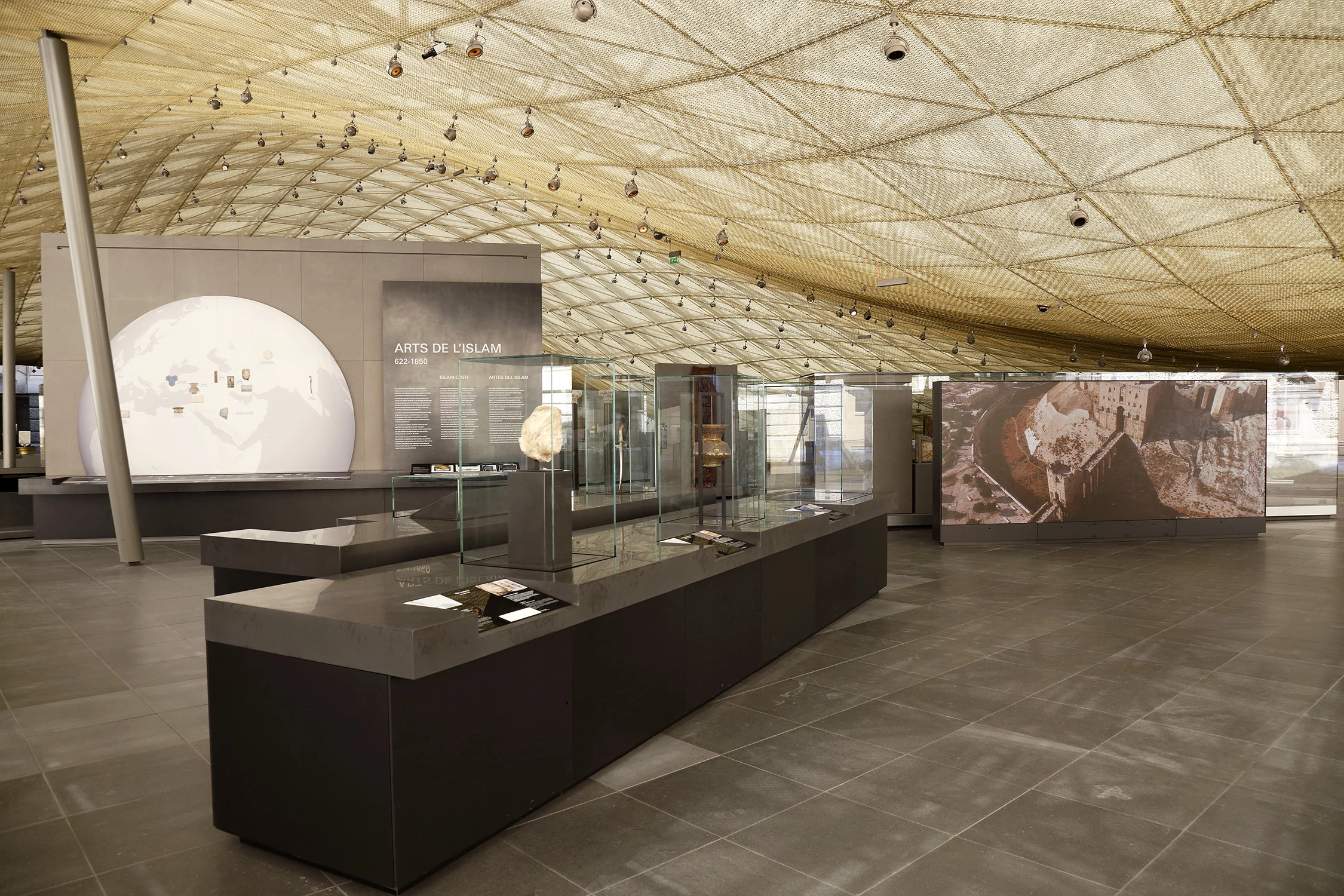
Some of the windows in the Louvre palace offer a view ofa stunning golden veil of glass and metal in one of the inner courtyards. Since 2012, this luminous canopy has sheltered the Louvre’s collection of Islamic Art.
Les salles des Arts de l'Islam
Islamic Art
The term ‘Islamic Art’ refers to the various art forms of the Islamic world. These are represented in the Louvre by a selection of artefacts made over an extensive time period ranging from the rise of Islam in the 7th century to the late 19th century. Geographically, the collection spans three continents, from Spain to India via North Africa and Egypt.
The first Islamic artworks entered the Louvre when the museum was founded in 1793, and the first Islamic galleries date from 1893. Back then, the preferred term was ‘the Muslim arts’ – a reference not to religious art, but to the predominance of Islam in the Middle East and Africa. The collection expanded considerably in the 19th and 20th centuries, when Paris was at the forefront of Orientalism. The Louvre’s Islamic artworks were initially presented in the Department of Decorative Arts before joining the Department of Eastern Antiquities, but after the creation by presidential decree of an independent Department of Islamic Art, they were moved to their present, purpose-designed structure in 2012.
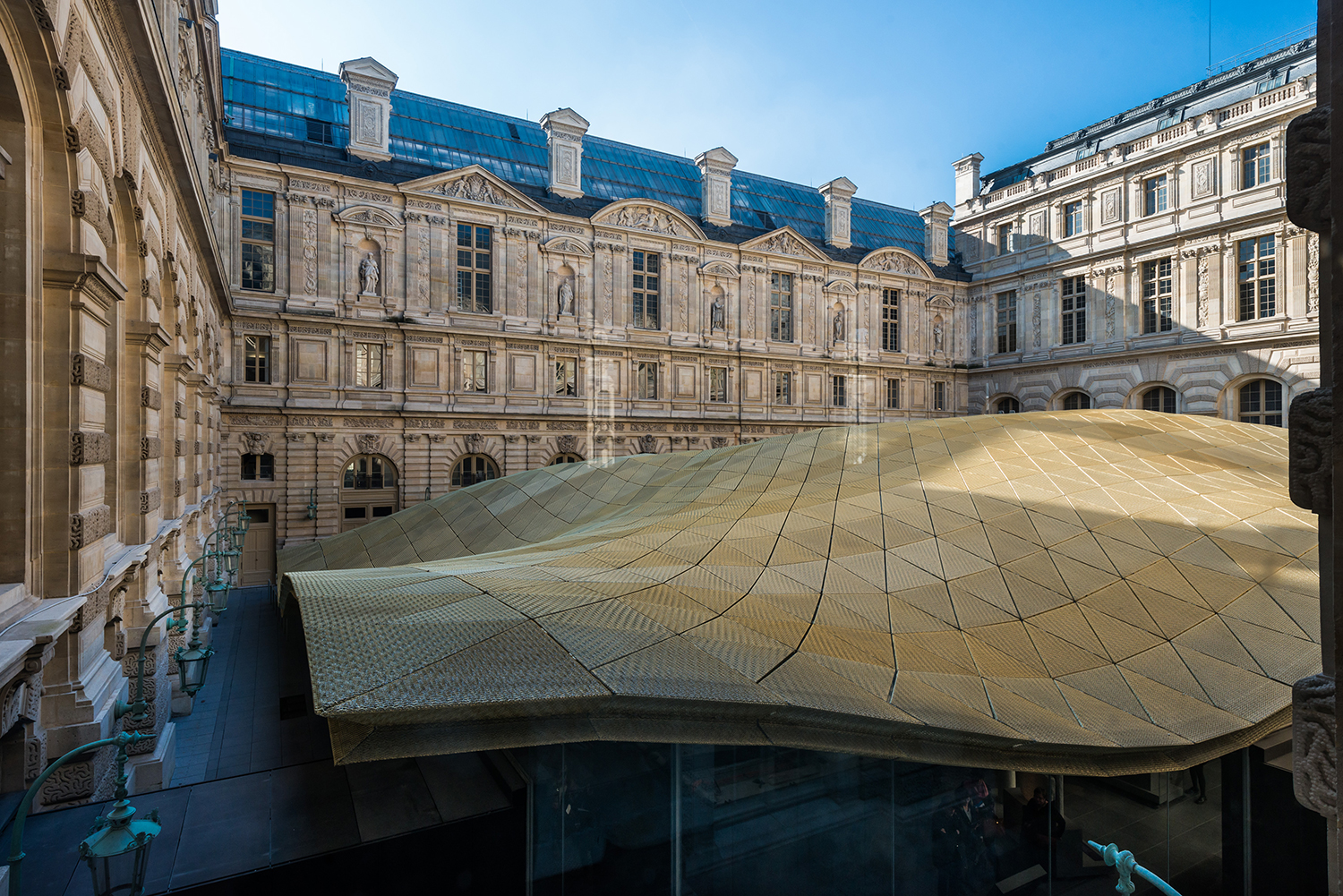
Today, the department houses over 3,000 artworks reflecting the variety and luxury that surrounded caliphs, sultans and princes. Islamic creativity and excellence are illustrated by gleaming ceramics with gold or China blue reflections, delicately carved ivories, precious metal bowls and vases inlaid with gold and silver. Silks, carpets and miniature paintings provide an insight into the fascinating world of gardens, landscapes and palace life. Beautiful enamelled-glass lamps recall the mosques of Cairo; colourful Iznik tiles evoke the monuments of Isfahan and Istanbul.
At the heart of the Louvre
The glass and metal structure was designed by architects Rudy Ricciotti and Mario Bellini and architect and exhibition designer Renaud Piérard. It stands in the Cour Visconti, formerly an open-air courtyard. Under the golden veil, the collection is spread over two levels with different lighting effects.
The upper level unfolds under this extraordinary roof of undulating metal resembling a floating veil, a sand dune, an Islamic latticework window…whatever your imagination suggests! Surrounded by glass walls, the artworks are bathed in natural light, but the metal structure protects them from the sun’s rays.
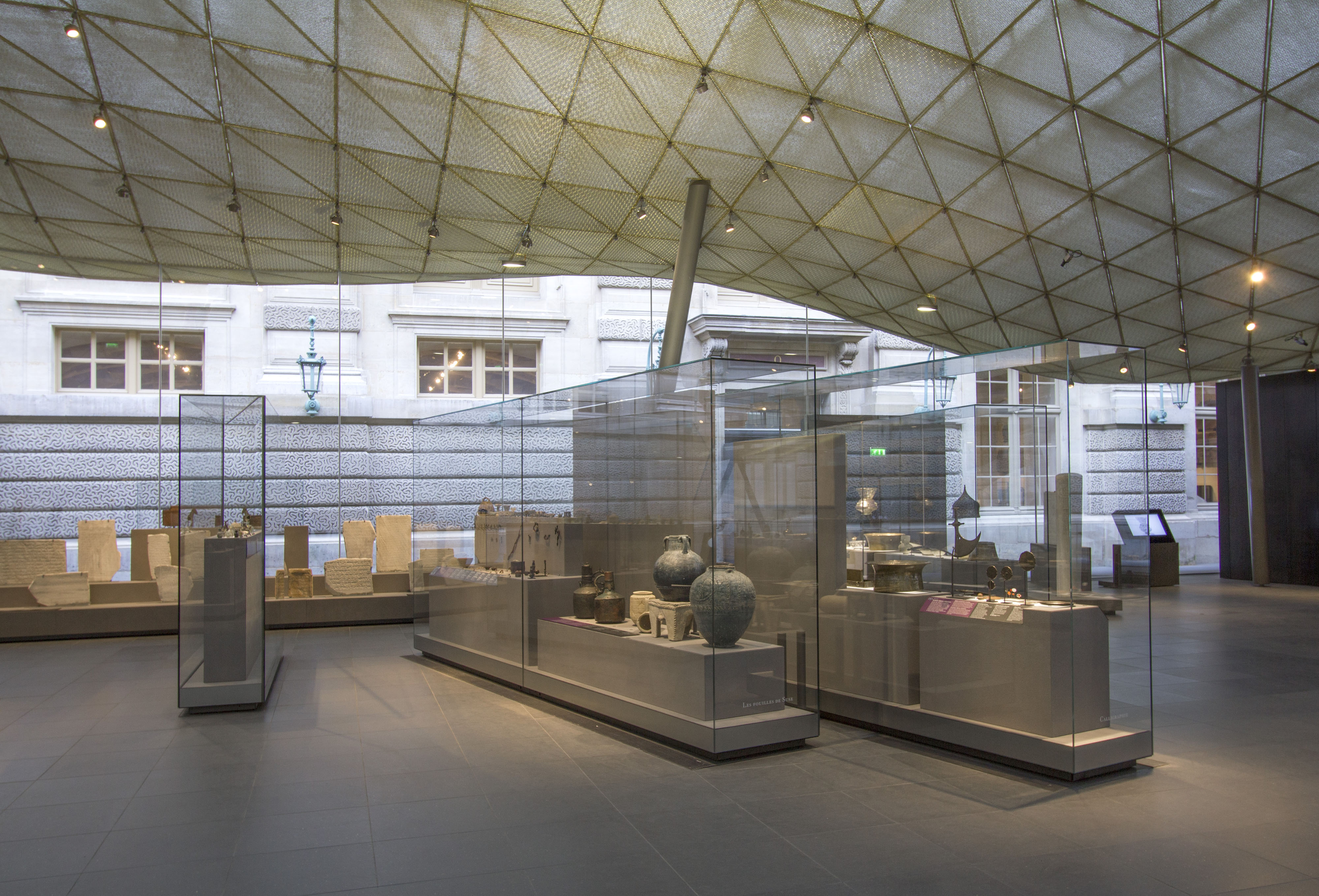
The treasures on the lower level, on the other hand, are displayed in dim, mysterious lighting that creates an atmosphere worthy of Aladdin’s cave! A thousand and one dazzling colours and the gleam of gold and silver transport us eastwards – to Córdoba, Cairo, Damascus, Baghdad, Aleppo, Mosul, Istanbul, Isfahan or Agra in India.
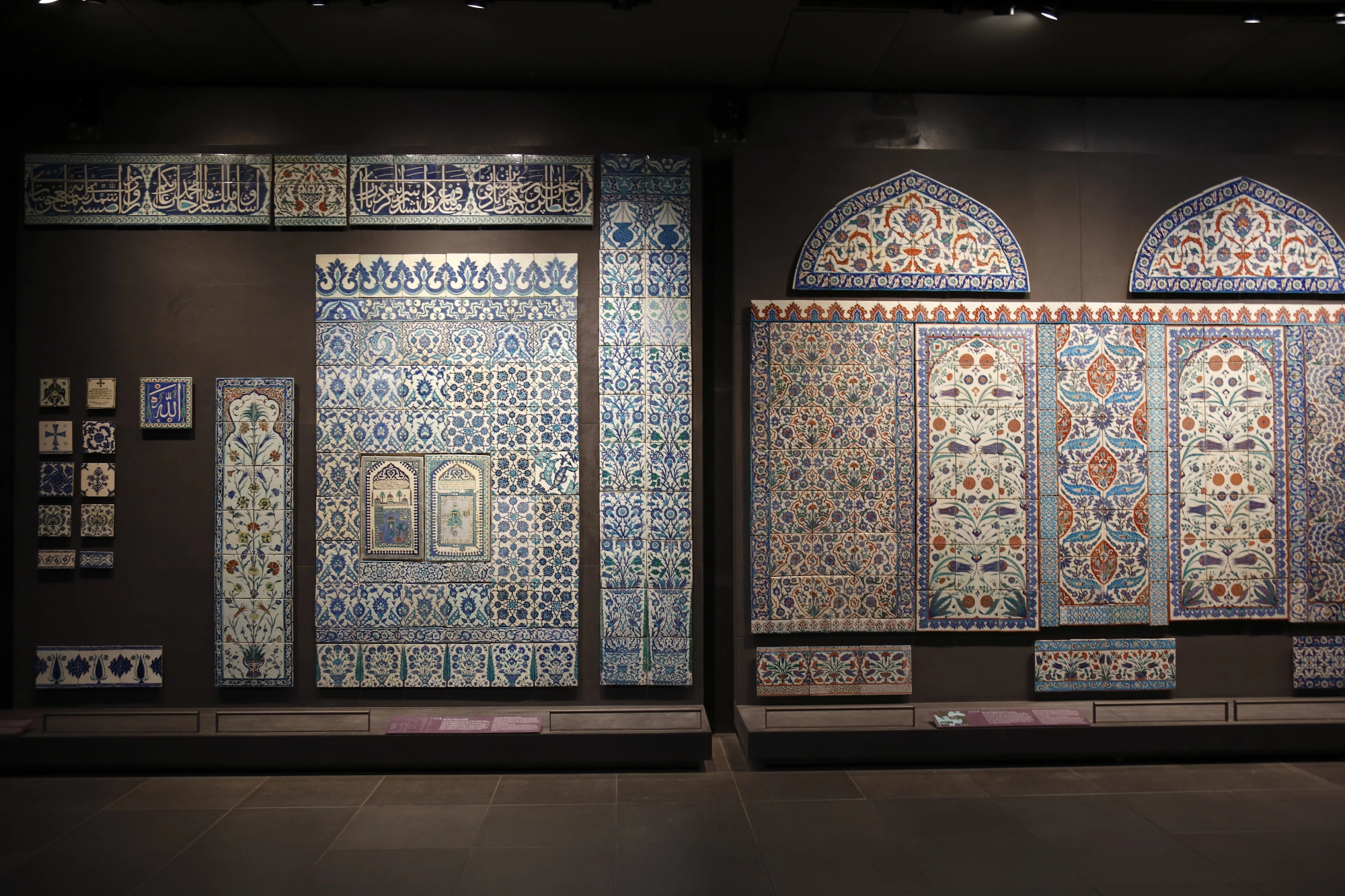
Autour des Arts de l'Islam
A tour through the Islamic Art
Did you know?
A luxury weapon
This dagger is a true work of art – a precious masterpiece from India made under the Mughal Empire (1526–1707). The finely crafted blade is of Damascus steel, the spectacular handle of precious materials: jade (a symbol of victory, perfect for a weapon!) inlaid with rubies and emeralds. The beauty of the piece also lies in the expressive depiction of the horse, whose lowered ears, flaring nostrils and open mouth showing its tongue and teeth suggest its impatience.

Jousting…with words
This large panel, made up of 63 ceramic tiles, once adorned a wealthy home or palace and testifies to the sophistication of Iranian art. It illustrates the entertainments at the court of Isfahan: in the enchanting setting of a luxuriant garden, two seated young princes are engaged in a poetry contest, one composing verses while the other recites.
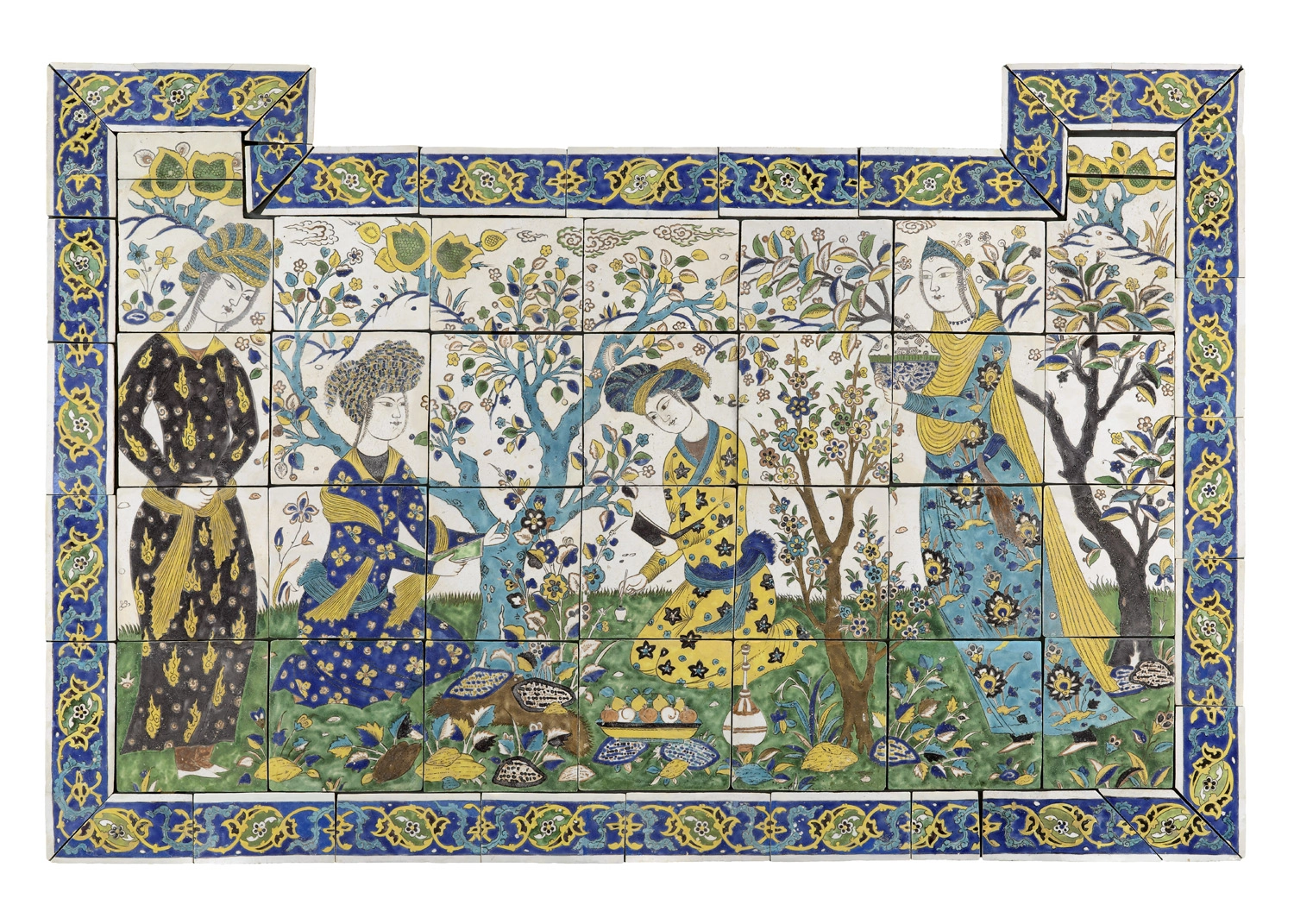
Masterpieces

Pyxis of al-Mughira
1 sur 13
Louvre Kids
A metalwork masterpiece
This is probably one of the most famous masterpieces in the Louvre’s Islamic Art collection. Made from a single sheet of brass inlaid with silver and gold, the basin is decorated with scenes depicting a procession of princes on horseback, courtiers and hunters alongside numerous animals including dogs, falcons and leopards. In addition to its artistic significance, the basin is of great historical value: as part of the French Royal Treasury, it served as a baptismal font (‘baptistery’) for the young Louis XIII and, much later, for that of Napoleon III’s son. However, the mystery remains as to how and when it entered the royal collections. The name it was given connects it to the king of France Saint Louis (reigned 1226–1270), but the basin was never used by that ruler… as he died some fifty years before it was created!

More to explore
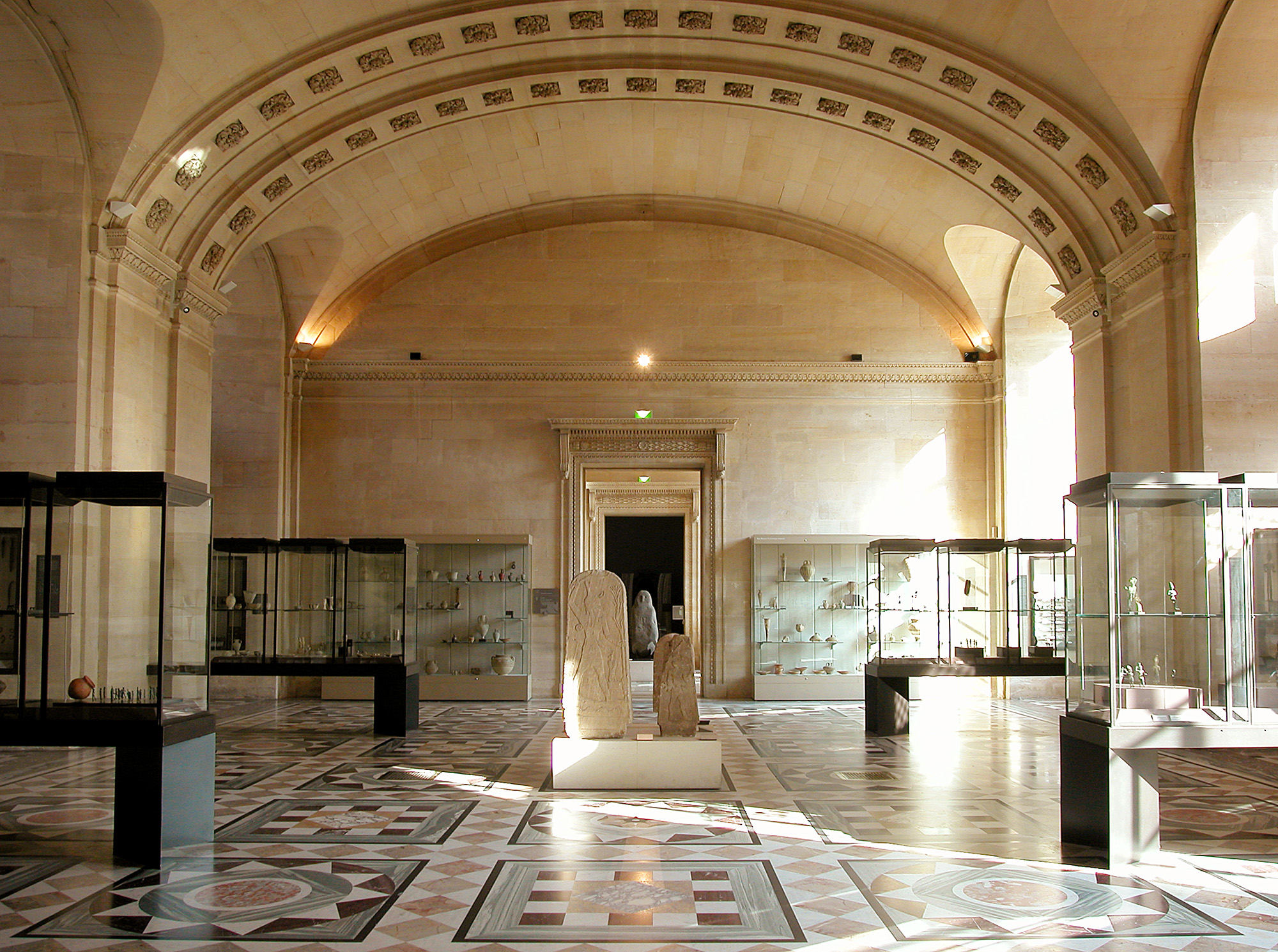
Treasures of the Eastern Mediterranean
The Galerie d’Angoulême

The Palace of Sargon II
The Cour Khorsabad
